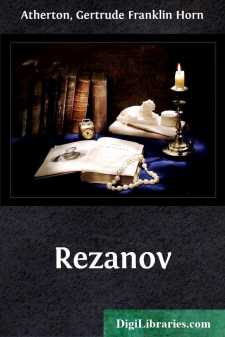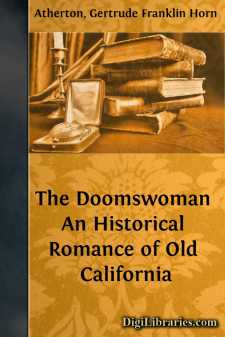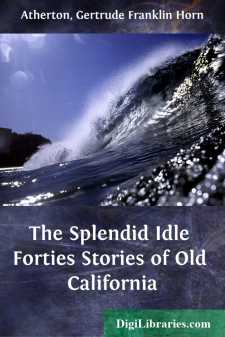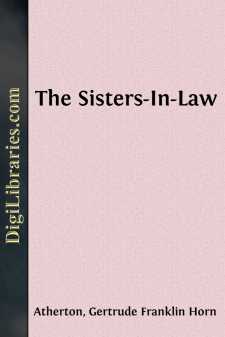Categories
- Antiques & Collectibles 13
- Architecture 36
- Art 48
- Bibles 22
- Biography & Autobiography 813
- Body, Mind & Spirit 142
- Business & Economics 28
- Children's Books 17
- Children's Fiction 14
- Computers 4
- Cooking 94
- Crafts & Hobbies 4
- Drama 346
- Education 46
- Family & Relationships 57
- Fiction 11829
- Games 19
- Gardening 17
- Health & Fitness 34
- History 1377
- House & Home 1
- Humor 147
- Juvenile Fiction 1873
- Juvenile Nonfiction 202
- Language Arts & Disciplines 88
- Law 16
- Literary Collections 686
- Literary Criticism 179
- Mathematics 13
- Medical 41
- Music 40
- Nature 179
- Non-Classifiable 1768
- Performing Arts 7
- Periodicals 1453
- Philosophy 64
- Photography 2
- Poetry 896
- Political Science 203
- Psychology 42
- Reference 154
- Religion 513
- Science 126
- Self-Help 84
- Social Science 81
- Sports & Recreation 34
- Study Aids 3
- Technology & Engineering 59
- Transportation 23
- Travel 463
- True Crime 29
The Conqueror
Categories:
Description:
Excerpt
I
Nevis gave of her bounty to none more generously than to John and Mary Fawcett. In 1685 the revocation of the Edict of Nantes had sent the Huguenots swarming to America and the West Indies. Faucette was but a boy when the Tropics gave him shelter, and learning was hard to get; except in the matter of carving Caribs. But he acquired the science of medicine somehow, and settled on Nevis, remodelled his name, and became a British subject. Brilliant and able, he was not long accumulating a fortune; there were swamps near Charles Town that bred fever, and the planters lived as high and suffered as acutely as the English squires of the same period. His wife brought him money, and in 1714 they received a joint legacy from Captain Frank Keynall; whether a relative of hers or a patient of his, the Records do not tell.
Mary Fawcett was some twenty years younger than her husband, a high-spirited creature, with much intelligence, and a will which in later years John Fawcett found himself unable to control. But before that period, when to the disparity in time were added the irritabilities of age in the man and the imperiousness of maturity in the woman, they were happy in their children, in their rising fortunes, and, for a while, in one another.
For twenty-eight years they lived the life of the Island. They built a Great House on their estate at Gingerland, a slope of the Island which faces Antigua, and they had their mansion in town for use when the Captain-General was abiding on Nevis. While Mary Fawcett was bringing up and marrying her children, managing the household affairs of a large estate, and receiving and returning the visits of the other grandees of the Island, to say nothing of playing her important part in all social functions, life went well enough. Her children, far away from the swamps of Charles Town, throve in the trade winds which temper the sun of Nevis and make it an isle of delight. When they were not studying with their governesses, there were groves and gorges to play in, ponies to ride, and monkeys and land crabs to hunt. Later came the gay life of the Capital, the routs at Government House, frequent even when the Chief was elsewhere, the balls at neighbouring estates, the picnics in the cool high forests, or where more tropical trees and tree ferns grew thick, the constant meeting with distinguished strangers, and the visits to other islands.
The young Fawcetts married early. One went with her husband, Peter Lytton, to the island of St. Croix. The Danish Government, upon obtaining possession of this fertile island, in 1733, immediately issued an invitation to the planters of the Leeward Caribbees to immigrate, tempting many who were dissatisfied with the British Government or wished for larger estates than they could acquire on their own populous islands. Members of the Lytton, Mitchell, and Stevens families of St. Christopher were among the first to respond to the liberal offer of the Danish Government. The two sons of James Lytton, Peter and James, grew up on St....












